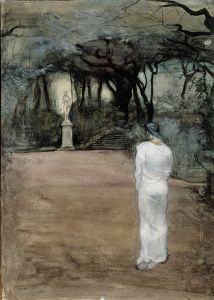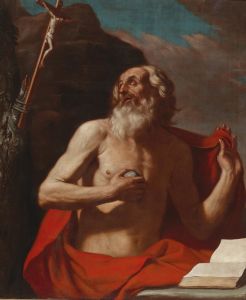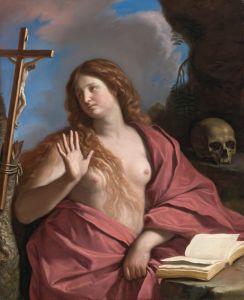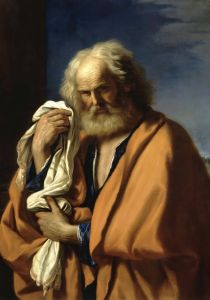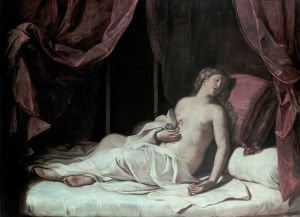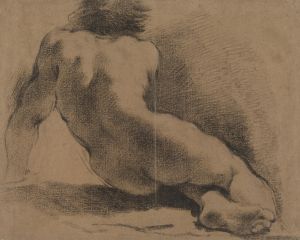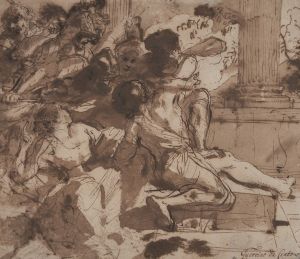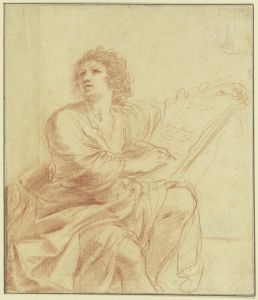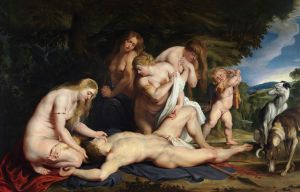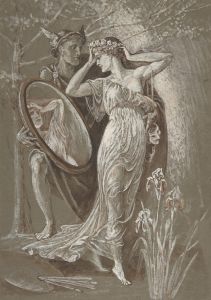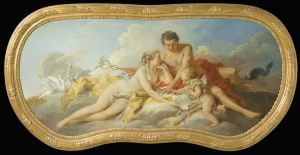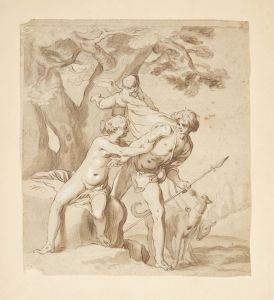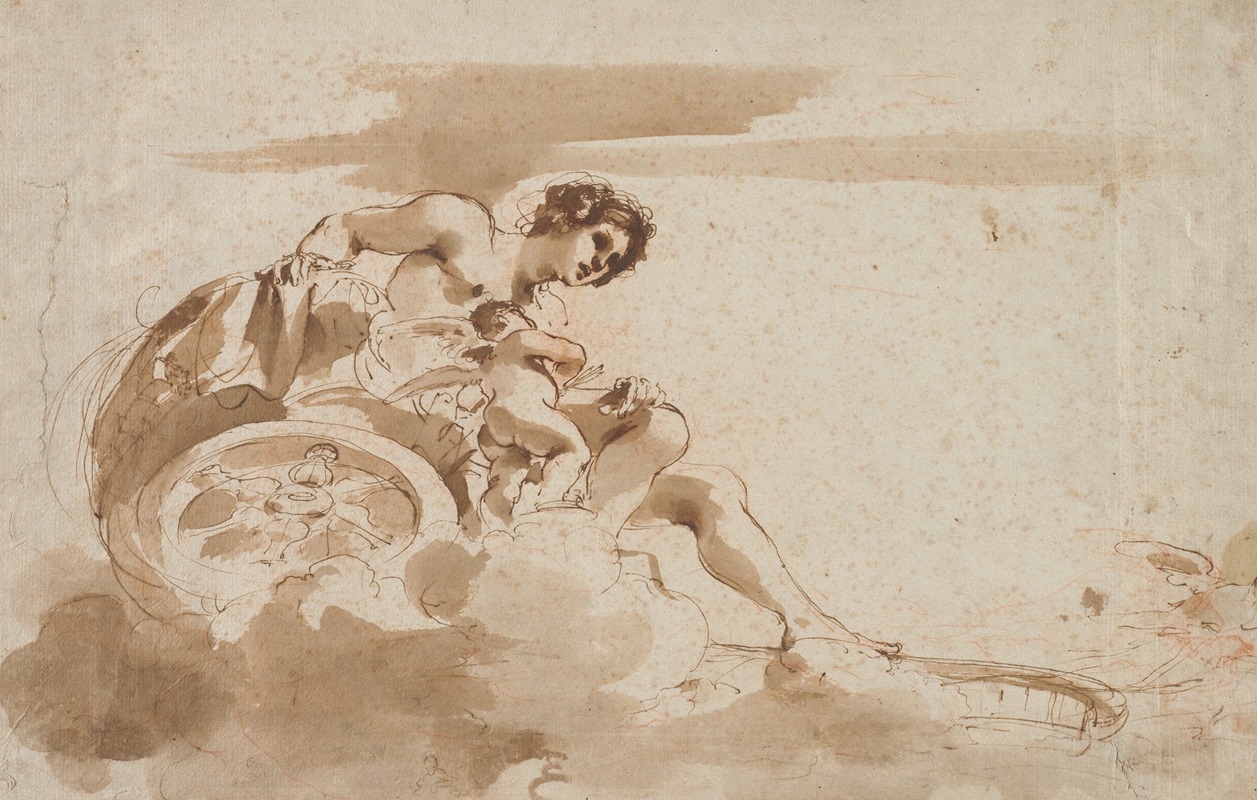
Venus and Cupid in a Chariot
A hand-painted replica of Guercino’s masterpiece Venus and Cupid in a Chariot, meticulously crafted by professional artists to capture the true essence of the original. Each piece is created with museum-quality canvas and rare mineral pigments, carefully painted by experienced artists with delicate brushstrokes and rich, layered colors to perfectly recreate the texture of the original artwork. Unlike machine-printed reproductions, this hand-painted version brings the painting to life, infused with the artist’s emotions and skill in every stroke. Whether for personal collection or home decoration, it instantly elevates the artistic atmosphere of any space.
"Venus and Cupid in a Chariot" is a painting by the Italian Baroque artist Giovanni Francesco Barbieri, commonly known as Guercino (1591–1666). Guercino was a prominent painter of the Baroque period, known for his dynamic compositions, dramatic use of light and shadow, and expressive figures.
This artwork depicts the Roman goddess Venus, the personification of love and beauty, accompanied by her son Cupid, the god of desire and affection. They are shown riding in a chariot, a motif often associated with Venus in classical mythology. Cupid is typically portrayed as a winged child carrying a bow and arrows, symbols of his power to inspire love. The chariot, a common element in mythological depictions, underscores Venus's divine status and her role as a celestial figure.
The painting exemplifies Guercino's mastery of Baroque aesthetics, including his use of rich colors, fluid brushwork, and the interplay of light and shadow to create a sense of movement and vitality. The figures of Venus and Cupid are rendered with a sense of grace and naturalism, reflecting Guercino's skill in portraying the human form. The composition likely emphasizes the intimate bond between the mother and child, a recurring theme in art that resonates with viewers on both a mythological and emotional level.
While the exact date of the painting's creation is not definitively documented, it is consistent with Guercino's mature style, which evolved during the 1620s and 1630s. During this period, he produced numerous works for patrons across Italy and beyond, gaining widespread acclaim for his ability to combine classical ideals with the dramatic flair of the Baroque.
The provenance of "Venus and Cupid in a Chariot" is not extensively recorded, and its current location is not definitively known. Like many works of its time, it may have been commissioned by a private patron or created for a specific collection. Guercino's works were highly sought after during his lifetime, and many of his paintings were acquired by prominent collectors and institutions.
As with many mythological paintings, the subject matter of "Venus and Cupid in a Chariot" reflects the Renaissance and Baroque fascination with classical antiquity. Artists of this period often drew inspiration from ancient myths, using them as a vehicle to explore themes of love, beauty, and human emotion.
Further details about the painting, including its dimensions, medium, and specific historical context, are not readily available.





